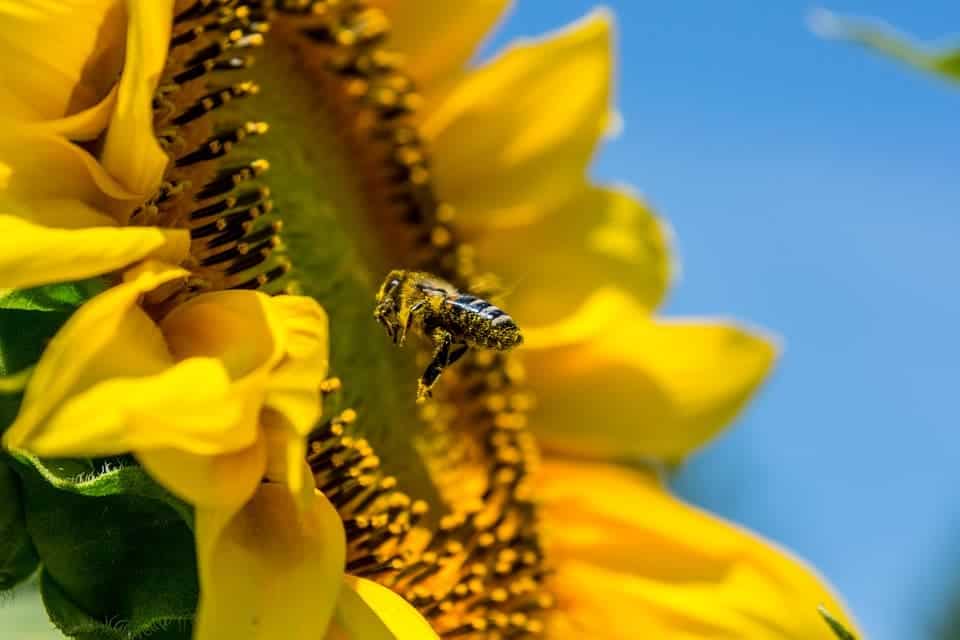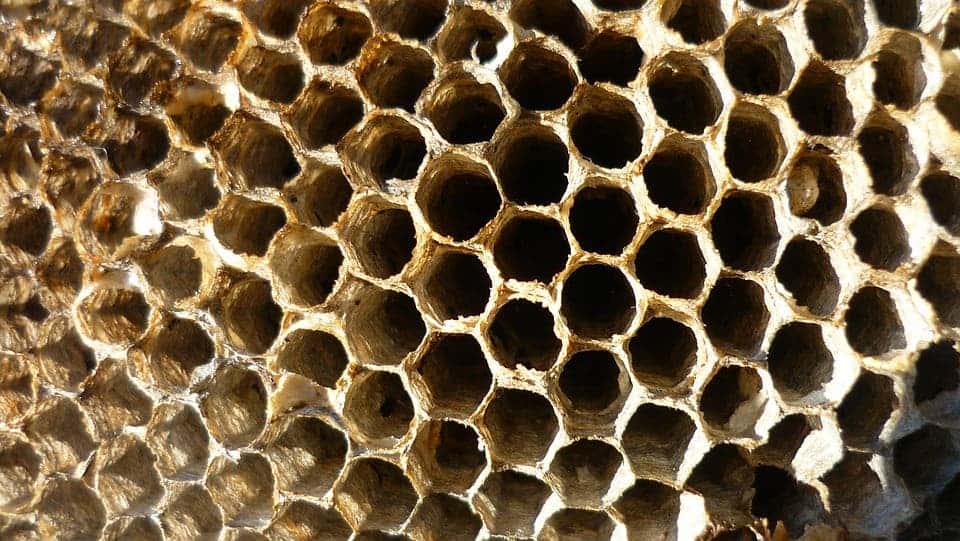Pesticides may be even worse for bees than we previously assumed, a team of Brazilian researchers reports. Even at levels considered to be nonlethal, such compounds slashed the lifespan of bees by up to 50%. In addition to this, fungicides that are considered safe for bees do alter the behavior of workers, making them lethargic.
Several bees species are endangered worldwide. Their decline was first observed in Europe and North America around the year 2000, and in Brazil since at least 2005. And it can be dramatically fast — a new study reports that Rio Grande do Sul, Brazil’s southernmost state, lost roughly 5,000 colonies (400 million bees) between December 2018 and January 2019 alone. The problem, according to the authors, is that levels of pesticides and fungicides previously considered ‘safe’ for bees aren’t. In fact, they’re killing them.
Bee gone
“In Europe and the U.S., bee colonies die off gradually. Between one and five months may elapse between the first report of bee mortality and the destruction of the colony,” says Osmar Malaspina, a professor at São Paulo State University (UNESP), a co-author of the paper. “It’s different in Brazil. Colonies vanish here in just 24 or 48 hours. No disease can kill a whole colony in 24 hours.”
“Only insecticide can do that.”
Even when used at levels that are considered non lethal, the team explains, insecticides and fungicides can have very dire, potentially catastrophic, effects on the health of bee colonies. One of the most affected species is Apis mellifera, the Western honeybee, which has been ‘exported’ by Europeans worldwide as a source of honey. Hundreds of wild, native Brazilian species are also feeling the effects of insecticides and fungicides in natural environments however, the team adds. While this definitely doesn’t bode well for global honey production, the most dire economic danger lies in agriculture — bees, both wild and tame, underpin the pollination of most agricultural crops today.
This wide-spread collapse is due to indiscriminate and improper use of agrochemicals such as insecticides, fungicides, herbicides, and acaricides (pesticides that target arachnids/spiders). Although bees aren’t directly targeted by these compounds, they do come in contact with and are contaminated by them when foraging. Bees will then unwittingly carry the chemicals back to the hive, where they’re ingested by larvae. The bees these larvae mature into have dramatically shorter lifespans, which affects the functioning of the whole colony.
“Soybean, corn and sugarcane monocultures in Brazil depend on the intensive use of insecticide. Bee colonies are contaminated, for example, if farmers fail to comply with the recommended minimum safety margin of 250 m between a crop and the surrounding forest when spraying their fields. There are people who spray right up to the edge of the forest,” Malaspina said.
Because the compounds used in Brazil contain hundreds of different active ingredients, it’s “impossible to test the action of each one in the laboratory,” Malaspina adds, because “[t]he money isn’t available.”
A previous study was carried out between 2014 and 2017 by Colmeia Viva, an initiative of the agrochemical industry association (SINDIVEG) that aimed to understand which active ingredients might increase bee mortality. It focused on the 44 most widely-sprayed products in São Paulo State. The study resulted in a series of recommended actions and best practices in agriculture that would insulate apiaries and bee colonies from agrochemicals. It also set a minimum safety margin when applying these compounds (set as a distance between their point of application and bee nests).
These guidelines did seem to help, the team reports. Although 5,000 colonies disappeared in Rio Grande do Sul, bee decline rates were lower in Santa Catarina and Paraná, the other two states in the region, and lower still in São Paulo State.
“However, that doesn’t mean São Paulo’s bees are no longer at risk from agrochemicals,” says Elaine Cristina Mathias da Silva Zacarin, a professor at the Federal University of São Carlos and the study’s lead author. “We’re beginning to carry out tests to measure the effects of combined exposure to insecticide and fungicide on honeybees. We’ve already discovered that a specific fungicide doesn’t harm bee colonies when sprayed on its own, but becomes toxic to bees when associated with a certain insecticide.”
“It doesn’t kill them as insecticide does, but it alters their behavior and puts colonies at risk.”
The team tested the effects of clothianidin, an insecticide used to control pests that attack cotton, dry beans, corn, and soybeans, and pyraclostrobin, a fungicide applied to the leaves of most grains, fruit crops, legumes, and vegetables. They looked for ” relevant criteria in the sense that we were looking for realistic levels” such as those found residually in pollen, with which the bees would actually interact. The team points out that any heavily-applied agrochemical will wipe out bee colonies almost immediately; what they wanted to see was the medium- and long-term effects of lower doses. The tests were conducted in a controlled, laboratory setting, to avoid environmental contamination.
“What we want to find out is how the residual action of agrochemicals applied even at very low levels affects bees,” Zacarin explained.
A. mellifera larvae were retrieved from healthy colonies, separated into groups, and fed with a diet of royal jelly and sugar blended with a tiny dose of one or the other agrochemical. The dose was a few nanograms at a time. The control group received no agrochemicals. The second and third groups were fed food with either the insecticide clothianidin or with the fungicide pyraclostrobin mixed in. The insecticide and fungicide were both added to the diet of the fourth group of larvae.
“When larvae are six days old, they become pupae and begin metamorphosis, emerging as adult workers,” Zacarin said. “In the wild, the life of a worker bee lasts 45 days on average. When they’re confined to the lab, these bees’ lives are shorter, but the lives of the specimens we fed a diet contaminated with very small amounts of the insecticide clothianidin were drastically curtailed, by as much as 50 percent.”
Larvae from the third (pyraclostrobin) group didn’t show any adverse effects. They didn’t die in either the larval stage or their transition to full-on bees (pupal stage). However, they were sluggish as adults compared to the control group. If enough bees in the colony are affected like this, the hive might collapse, the team explains.
“Young workers make daily inspections of the hive and so they have to travel a certain distance and move about a lot in the colony. We found that bees contaminated with the fungicide alone, or with both the fungicide and insecticide combined, covered a much smaller distance and moved much more slowly,” Zacarin said.
“Our hypothesis is that when pyraclostrobin is associated with an insecticide, it diminishes the bee’s energy metabolism. Further studies are in progress to elucidate this mechanism,” she adds.
The paper “Late effect of larval co-exposure to the insecticide clothianidin and fungicide pyraclostrobin in Africanized Apis mellifera” has been published in the journal Scientific Reports.











